What’s the Bird Flu News — “Millions Dead” or “Eggs Prices Could Increase”?
Opinion
In media coverage of the bird flu outbreak, reporters have delivered the news that million hens have been “destroyed” as though they were delivering the weather report — with virtually no emotion. In fact, the mass extermination has not been treated as news at all. It has been provided as background information to what media outlets regard as the real news: the impact of the flu deaths on on egg prices, egg exports and human health.
The media’s disregard for what, in a just world, would have been THE news – “Millions Dead!” – reflects the larger problem that society deems farm animals as commodities and objects instead of sentient beings. If millions of humans were, through no fault of their own, stricken with a virus and killed, the media would report on the tragedy around the clock for weeks, and they would do so with emotion.
Humans are the only animals who are destroying the planet, yet society has brainwashed us into thinking that we’re superior to those who live in harmony with it. We see ourselves as so superior, in fact, that we can kill animals by the millions without taking a moment to reflect on the pain and suffering they endure – which is caused by us.
The irony in this tragedy is that the 5.3 million birds who were killed are lucky compared to those who are forced to live. There are some fates worse than death, and spending one’s life intensively confined in a factory farm is one of them.
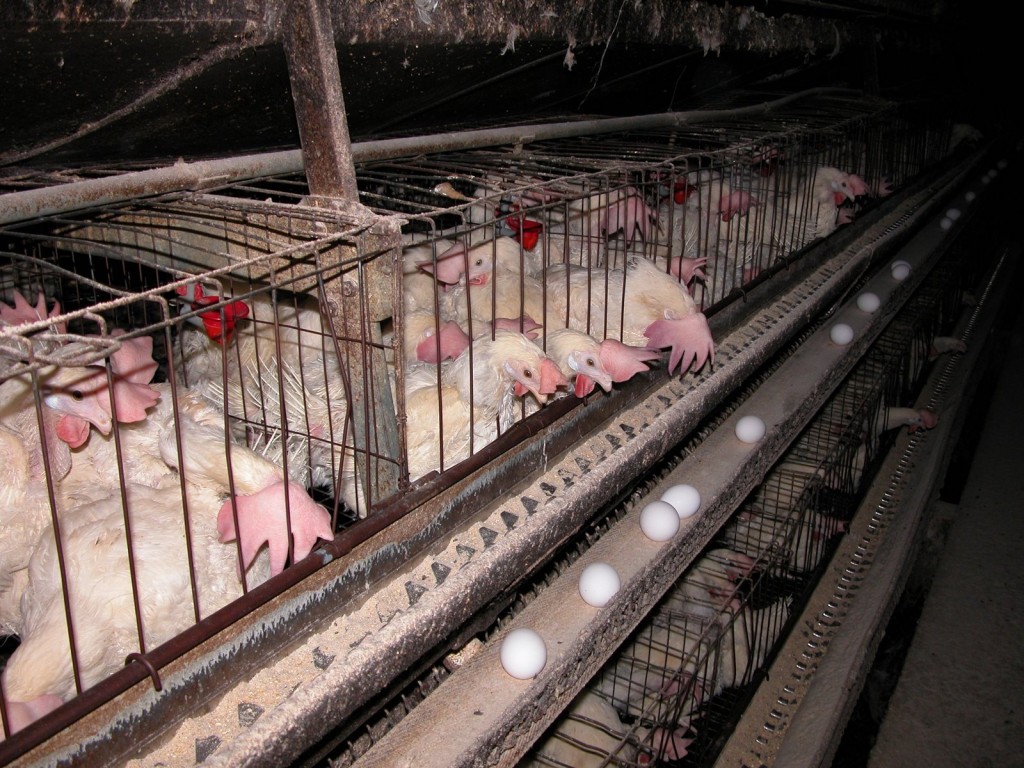
The vast majority of egg laying hens spend their lives in cages so small that they can’t spread their wings.
In its bird flu coverage, the media also glanced over the conditions on factory farms that facilitate disease transmission. When thousands of animals are stuffed into sheds with no space to move, pathogens that enter spread quickly. Shouldn’t the media report on these conditions, which the industry intentionally hides, so that the public can make informed decisions about what (and who) they purchase at the grocery store?
The infectious diseases, mass slaughter, public health risks, cruelty and environmental devastation wrought by animal agriculture could be altogether eliminated if people adopted a plant-based diet. Perhaps renowned author Jonathan Safran Foer said it best, “Just how destructive does a culinary preference have to be before we decide to eat something else?”
Filed under: Food, Opinion
Tagged with: battery cages, bird flu, eggs, factory farms, hens





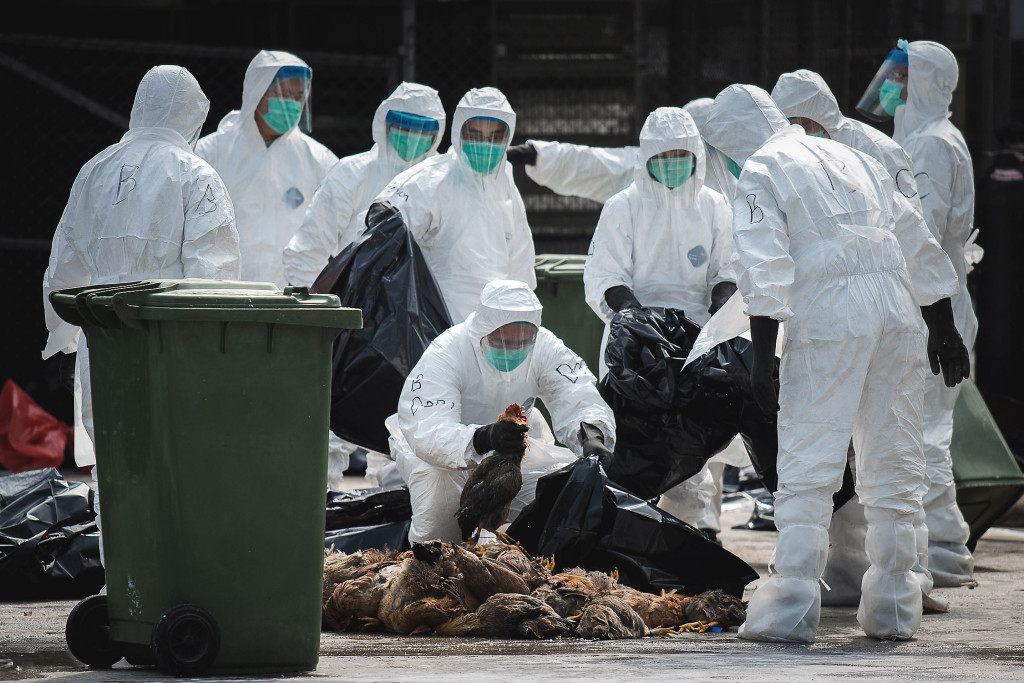
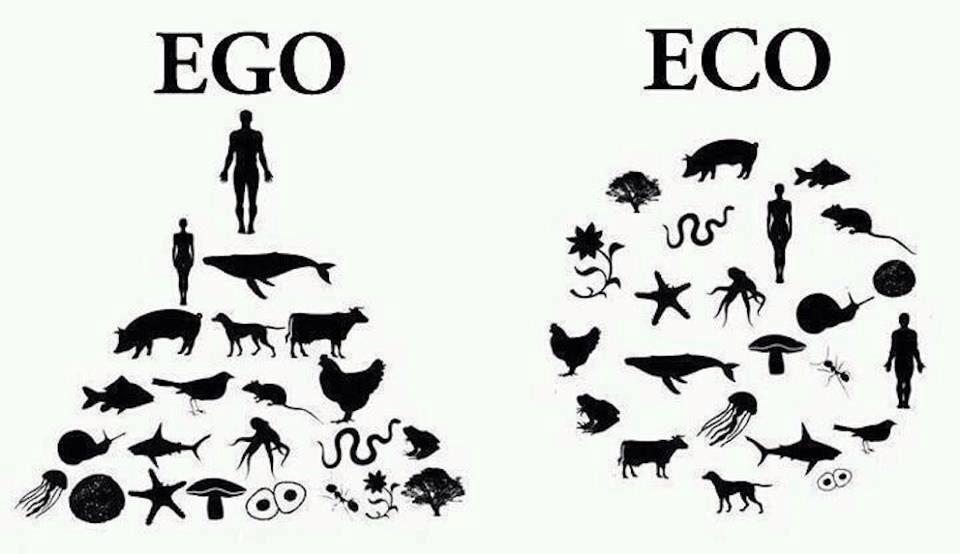
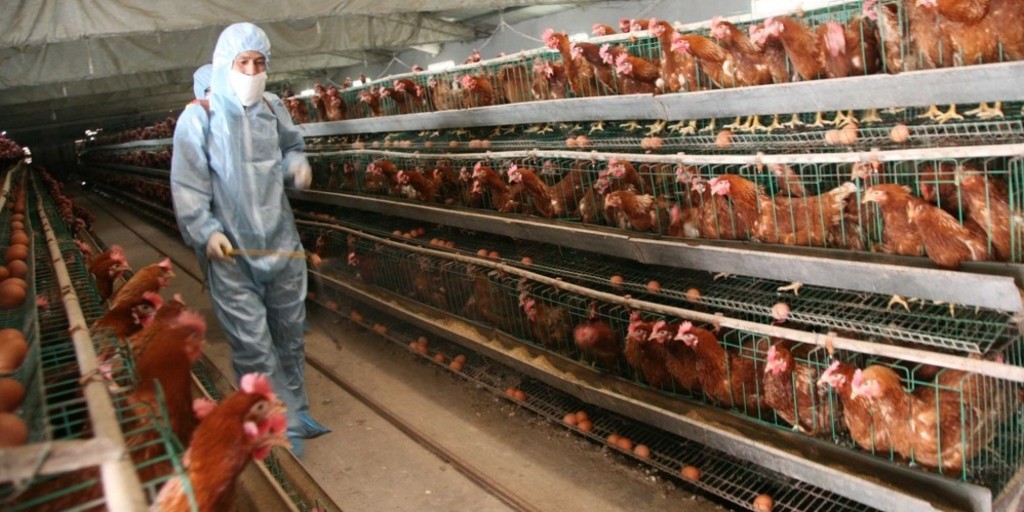
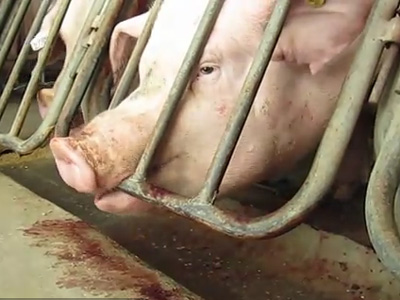
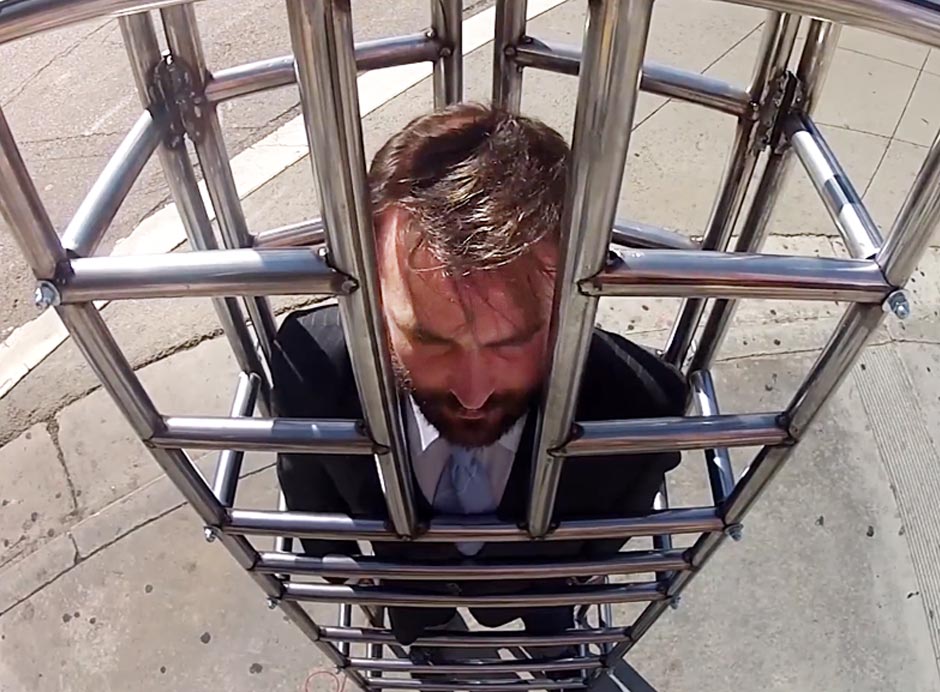
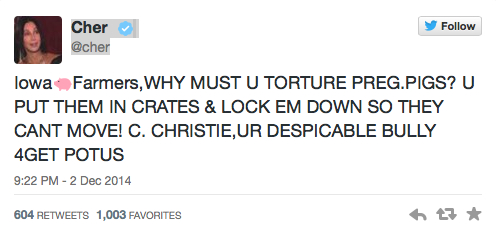


Follow Their Turn